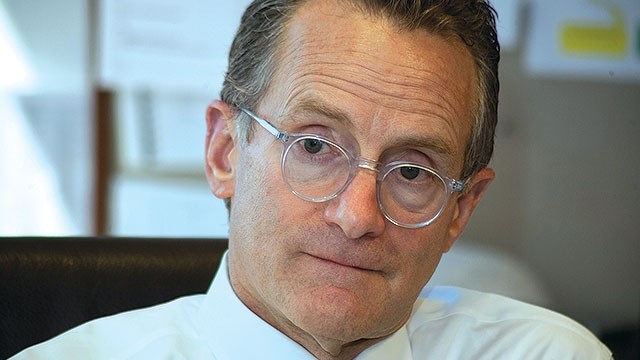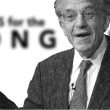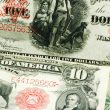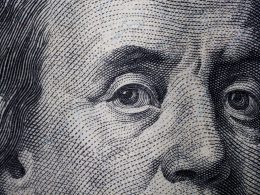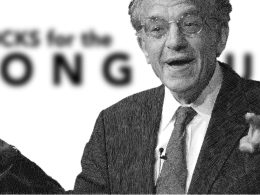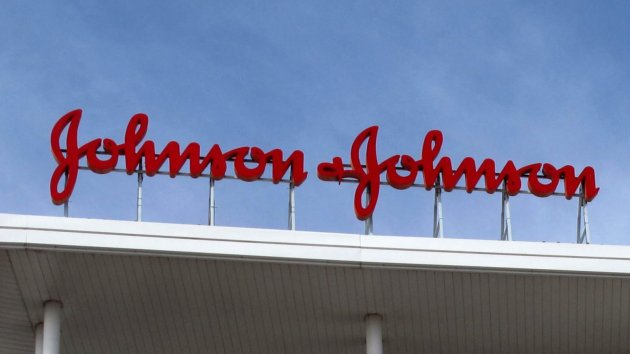by Zach Buchwald, Russell Investments
The Eagles had it right when they sang about life in the fast lane, and how it will surely make you lose your mind. Don Henley and Glenn Frey wrote that in 1976 when investing, by contrast, was downright tranquil. The pace of market shifts in the Trump era almost makes me long for a nice relaxing 1970s recession.
The markets today move at breakneck speed. In fact, if you’ve been watching your Registered Retirement Savings Plan (RRSP) the past month, you might have gotten whiplash. The market selloffs, as well as the subsequent rebounds, are happening faster than ever.
Market cycles really have shortened and the speed has increased. That’s partly because investors are getting smarter—with the internet disseminating every piece of information as soon as it gets released, and algorithms and artificial intelligence helping to shape views. We saw all this play out when President Trump announced the tariff policy on April 2, and the market fell off a cliff within minutes.
The nature of the recoveries is changing, too. The dotcom bust was a relatively drawn out reset for valuations. But then the Global Financial Crisis reshaped the nature of a market downturn—both in the intense damage, as well as the expansive nature of the policy response. Covid was the biggest but shortest recession in the history of the United States, largely because the government deployed massive stimulus tools that were developed during the GFC. Presto—we discovered that recoveries can happen just as fast as the downturns.
Life in the Fast Lane
Now, more than ever, investors are seeing markets move at breakneck speed with shorter spans between correction and recovery.
S&P 500 | Most intense phase of drawdown, %
Source: Russell Investments, LSEG Data Stream, Drawdown Starting Points: April 2, 2025, Feb. 19, 2020, Oct. 9, 2007, Sept. 4, 2000
The increased speed means that timing market shifts is more difficult than ever. In the dotcom crisis and in the GFC, investors had ample opportunity to take money out of the market if, say, they had retirement expenses or tuition payments due. They also had time to get reinvested, because the recoveries went on for years.
All that changed dramatically during the Covid crisis and in the current tariff era. Both drawdowns and recoveries now happen at lightning speed. So investors who withdraw from the market can miss a vital recovery bounce in days or even hours. As our chart shows, the market drop-and-bounce Vs are trending narrower than ever.
On April 9, we saw the first evidence of a huge bounce back after the tariff-driven selloff, and since then we have had wild performance in both directions. There is new information hitting investors more often and faster than ever before. The 24-hour news cycle has become the 24-hour investment cycle.
On top of that, market reactions may be less predictable, too. These reactions are not only reliant on real data; false reports can be just as influential, such as the April 7 rumors about a 90-day pause on tariffs. The markets climbed when the rumors hit the tape and plunged just minutes later as they were debunked.
This reality leads to a simple solution for retirement investors: stay invested. The best way to catch the bounce is to remain in the game. In the short term, it may be painful; but in the long run, staying invested will help. Markets trend upward, even during the bleakest moments like the Great Depression, the GFC and the pandemic. The market will trend upward beyond the tariffs as well.
The other benefit of staying invested? You’re less likely to lose your mind. So perhaps we should all take another bit of advice from the Eagles: Just find a place to make your stand and take it easy.
Copyright © Russell Investments

